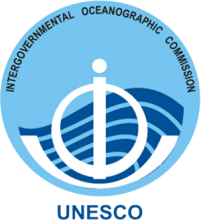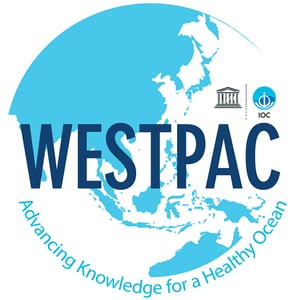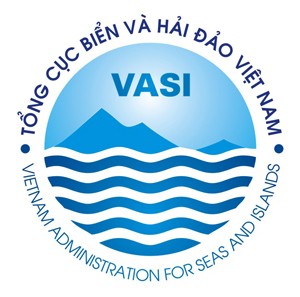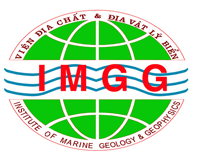The International Blue Carbon Initiative is a coordinated, global program focused on mitigating climate change through the conservation and restoration of coastal and marine ecosystems. Coastal ecosystems are some of the most productive on Earth. They provide us with essential ecosystem services, such as coastal protection from storms and nursery grounds for fish. We also know that they provide another integral service - sequestering and storing "blue" carbon from the atmosphere and oceans and hence are an essential piece of the solution to global climate change.
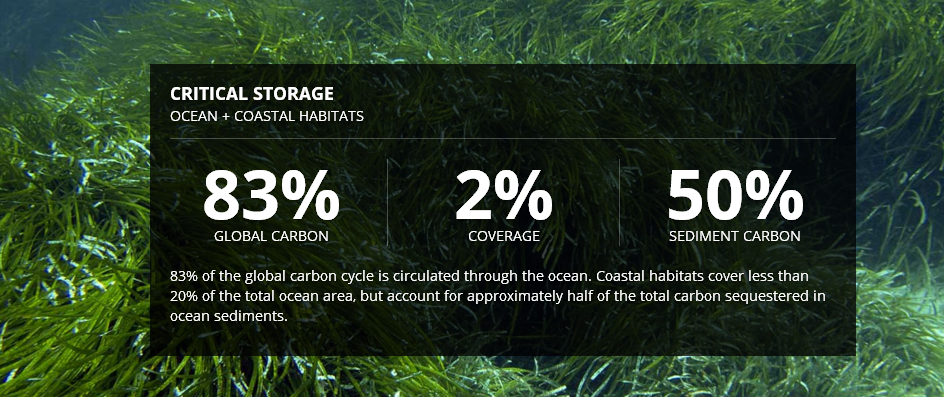
What is the Blue Carbon?
Blue carbon is the carbon stored in coastal and marine ecosystems. The Blue Carbon Initiative currently focuses on carbon in coastal ecosystems - mangroves, tidal marshes and seagrasses. These ecosystems sequester and store large quantities of blue carbon in both the plants and the sediment below. For example, over 95% of the carbon in seagrass meadows is stored in the soils.
Where is it?
The Blue Carbon Initiative focuses on mangroves, salt marshes and seagrasses, which are found on every continent except Antarctica. These coastal ecosystems cover between 13.8 and 15.2 million hectares (Mha), 2.2 and 40 Mha, and 17.7 and 60 Mha, respectively. Combined, these ecosystems cover approximately 49 Mha.
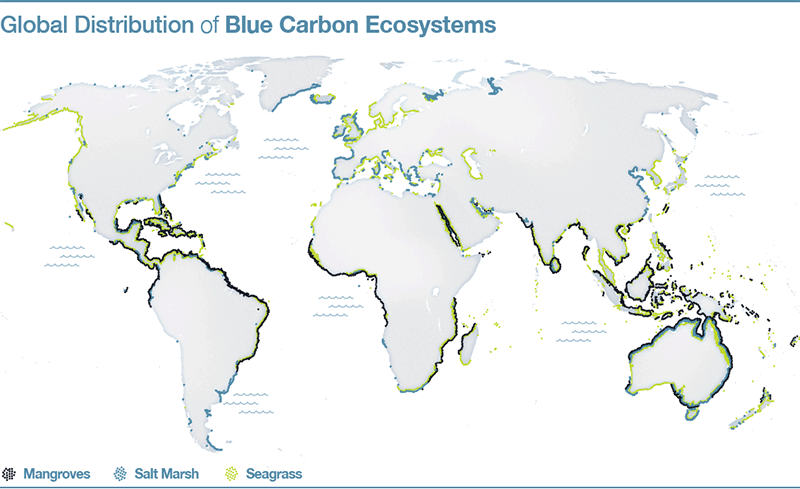
Mangroves
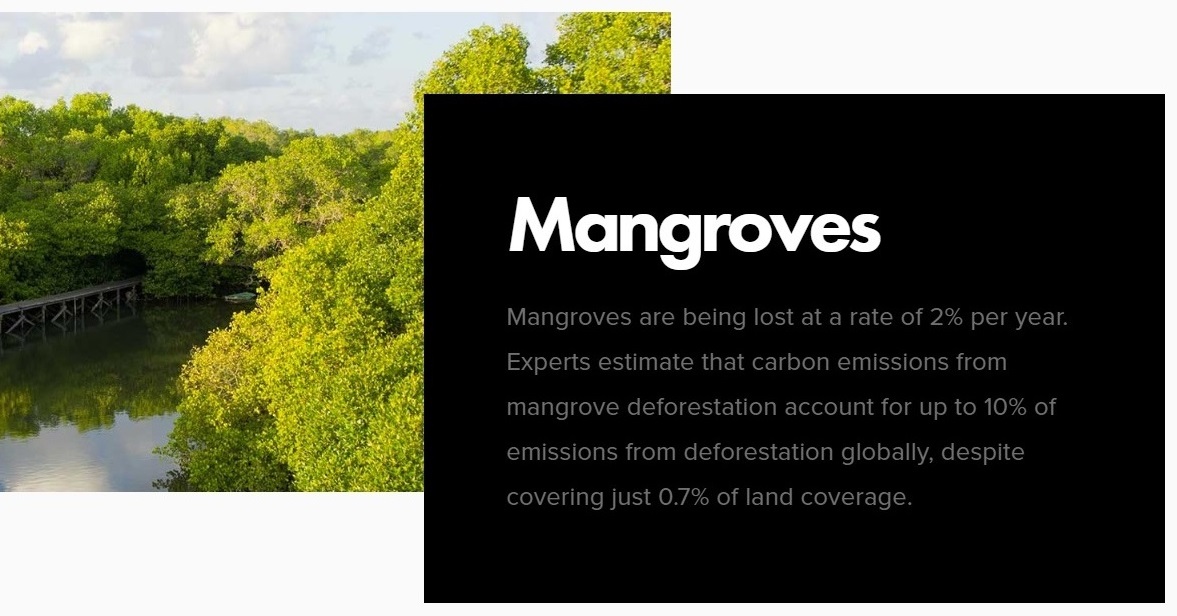
Tidal marshes
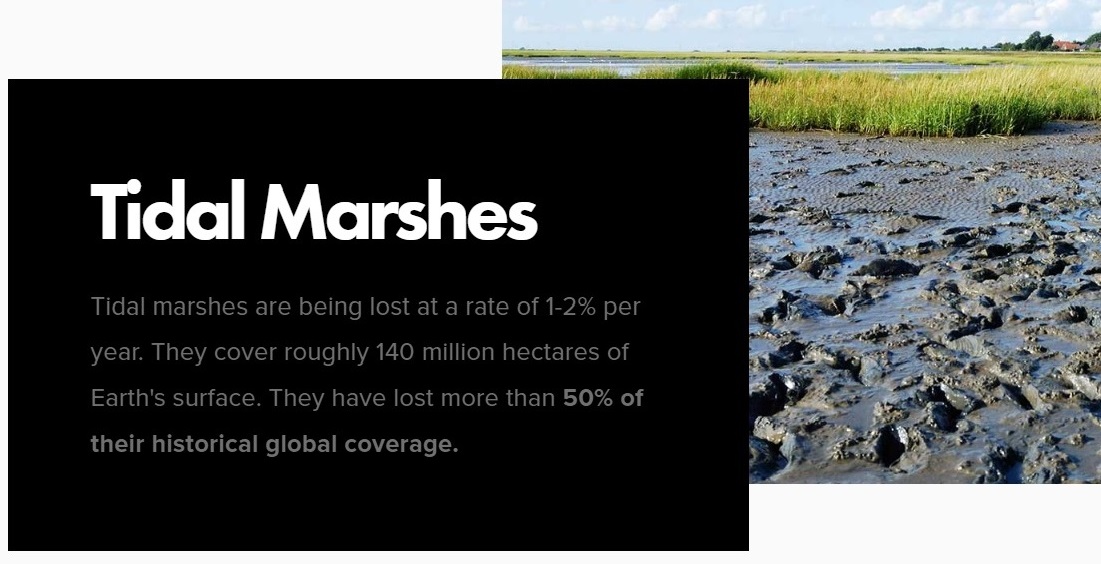
Seagrasses
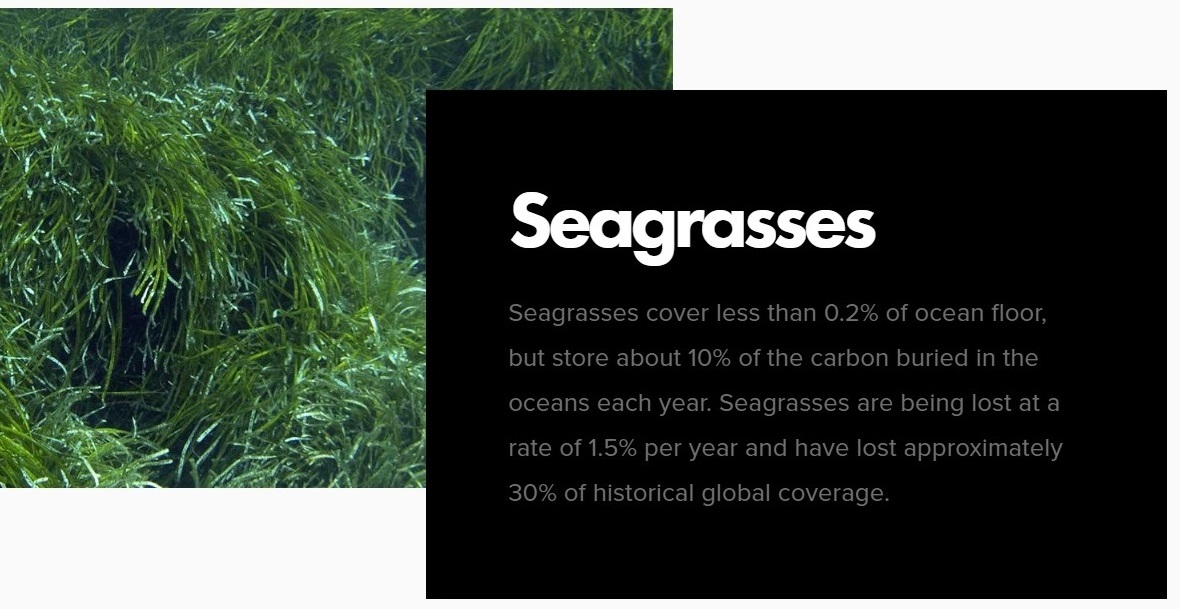
Why is it important?
- When protected or restored, blue carbon ecosystems sequester and store carbon.
- When degraded or destroyed, these ecosystems emit the carbon they have stored for centuries into the atmosphere and oceans and become sources of greenhouse gases. Experts estimate that as much as 1.02 billion tons of carbon dioxide are being released annually from degraded coastal ecosystems, which is equivalent to 19% of emissions from tropical deforestation globally.
- Mangroves, tidal marshes and seagrasses are critical along the world's coasts, supporting coastal water quality, healthy fisheries, and coastal protection against floods and storms. For example, mangroves are estimated to be worth at least US$1.6 billion each year in ecosystem services that support coastal livelihoods and human populations around the world.
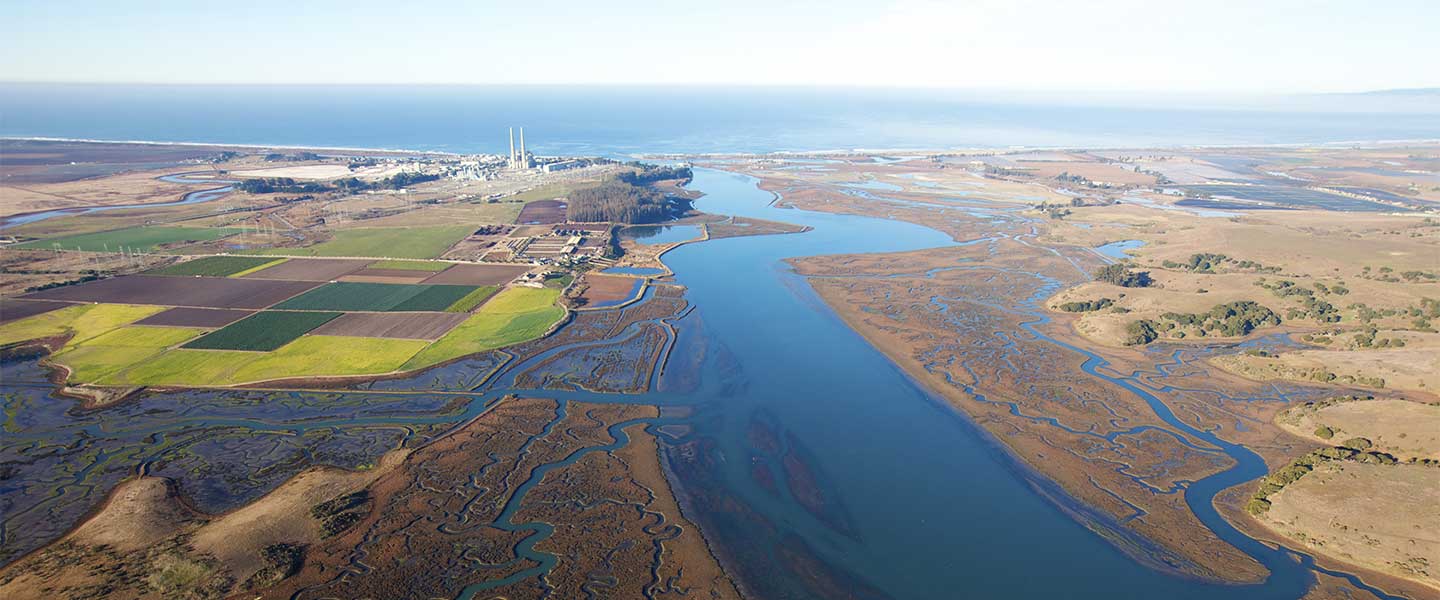
What is being done?
- The Blue Carbon Initiative works to protect and restore coastal ecosystems for their role in reducing impacts of global climate change. To support this work, the Initiative is coordinating the International Blue Carbon Scientific Working Group and International Blue Carbon Policy Working Group, which provide guidance for needed research, project implementation and policy priorities.
- Projects are being developed at sites globally to protect and restore coastal ecosystems for their "blue" carbon value. Learn more in the Field Work section.
- Research into the sequestration, storage and loss of carbon from blue carbon systems is ongoing. View recent reports and scientific papers in our Library at http://thebluecarboninitiative.org/
(Sources UNESCO/IOC)



